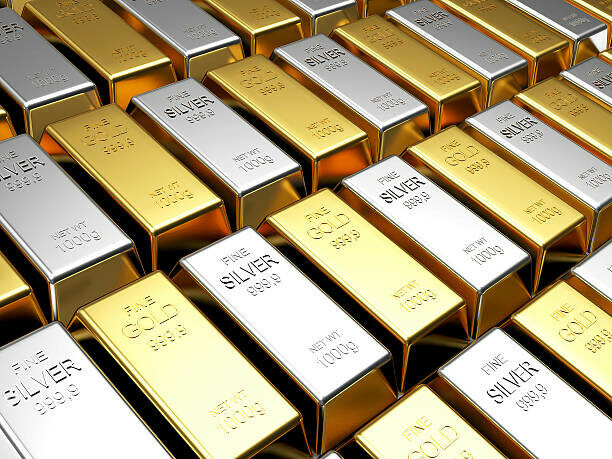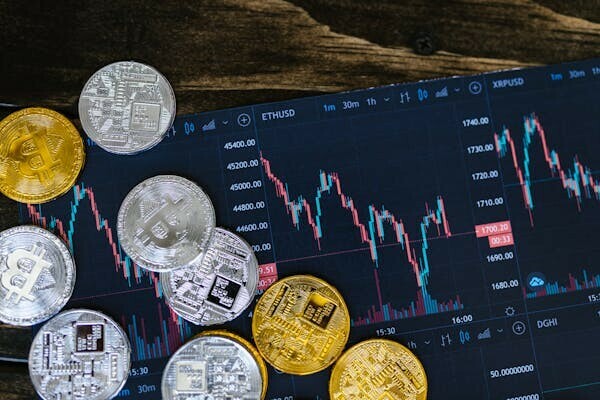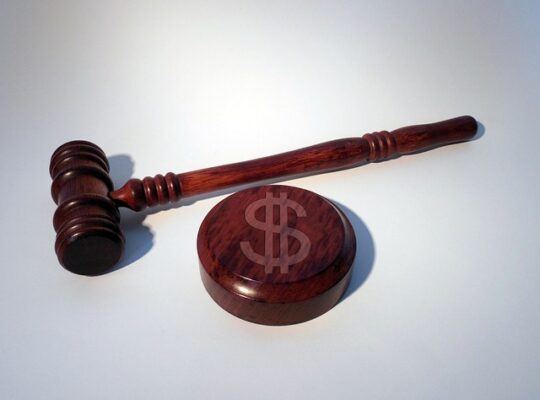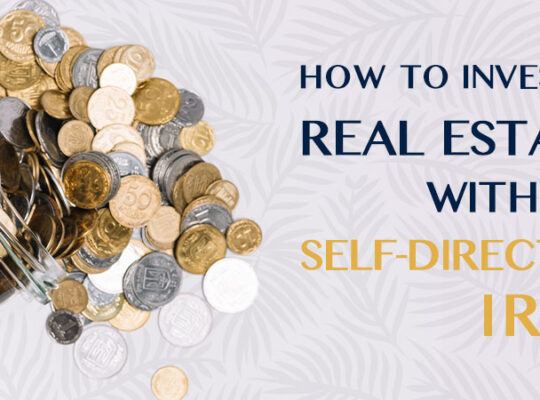Gold has always been a symbol of wealth and a trusted store of value. With its history dating back thousands of years, it’s no wonder why many investors see gold as a haven. The stability and long-term value retention of gold make it an attractive option, especially during times of economic uncertainty.
Gold’s reputation as a hedge against inflation is one of its most significant benefits. When inflation rises, the value of paper currency can decline, but gold often holds its value. During financial crises, when the stock market is volatile, gold tends to be a stable store of wealth.
The value of gold is influenced by several factors. Market demand, geopolitical stability, central banks’ policies, and even seasonal trends play a role. Understanding these can give you an edge when deciding the best times to invest.

You’ve got different ways to invest in gold. Physical gold, like coins and bars, offers the satisfaction of owning a tangible asset. Gold ETFs (Exchange-Traded Funds) provide the flexibility of trading like a stock without worrying about storage. You can also invest in gold mining stocks, which can offer profitable returns but come with their risk profiles.
However, no investment is without its downsides. Gold doesn’t generate income like stocks or bonds. Its value can be highly speculative, sometimes not providing the growth seen in other investments. Additionally, physical gold requires secure storage, and selling it might come with hefty dealer commissions.
Silver Investment: Opportunities, Risks, and Market Dynamics
Silver often flies under the radar compared to gold, yet it holds its own when it comes to investment value. While both are precious metals, they have distinct characteristics that can influence your portfolio differently.
Unlike gold, silver has significant industrial applications. It’s used in everything from electronics to solar panels, meaning its demand isn’t solely dependent on its value as a precious metal. This dual role can lead to more variability in its price but also presents opportunities for gains if industrial demand surges.

When comparing silver to gold, one noticeable difference is the market size. The silver market is smaller and thus more volatile. While this can mean greater potential for quick returns, it also implies higher risk during downturns.
Silver also acts as a safe-haven asset, much like gold. In times of economic unrest, investors often flock to silver, driving up its price. Its lower price point compared to gold also makes it more accessible for smaller investors looking to diversify their portfolios without a huge outlay.
If you’re considering silver, there are various ways to go about it. Physical silver, such as coins and bars, is a direct way to invest. Silver ETFs offer a hands-off approach akin to trading stocks. Mining stocks can also be lucrative but come with added complexities and risks.

Investing in silver isn’t without its risks. Its price is notably more volatile than gold, influenced heavily by fluctuating industrial demand and global economic factors. Additionally, like gold, silver doesn’t generate yield, and physical possession comes with storage concerns.
In the long run, keeping an eye on industrial trends and market shifts can help in making informed decisions about silver investments. Balancing potential gains with the inherent risks will be key.






